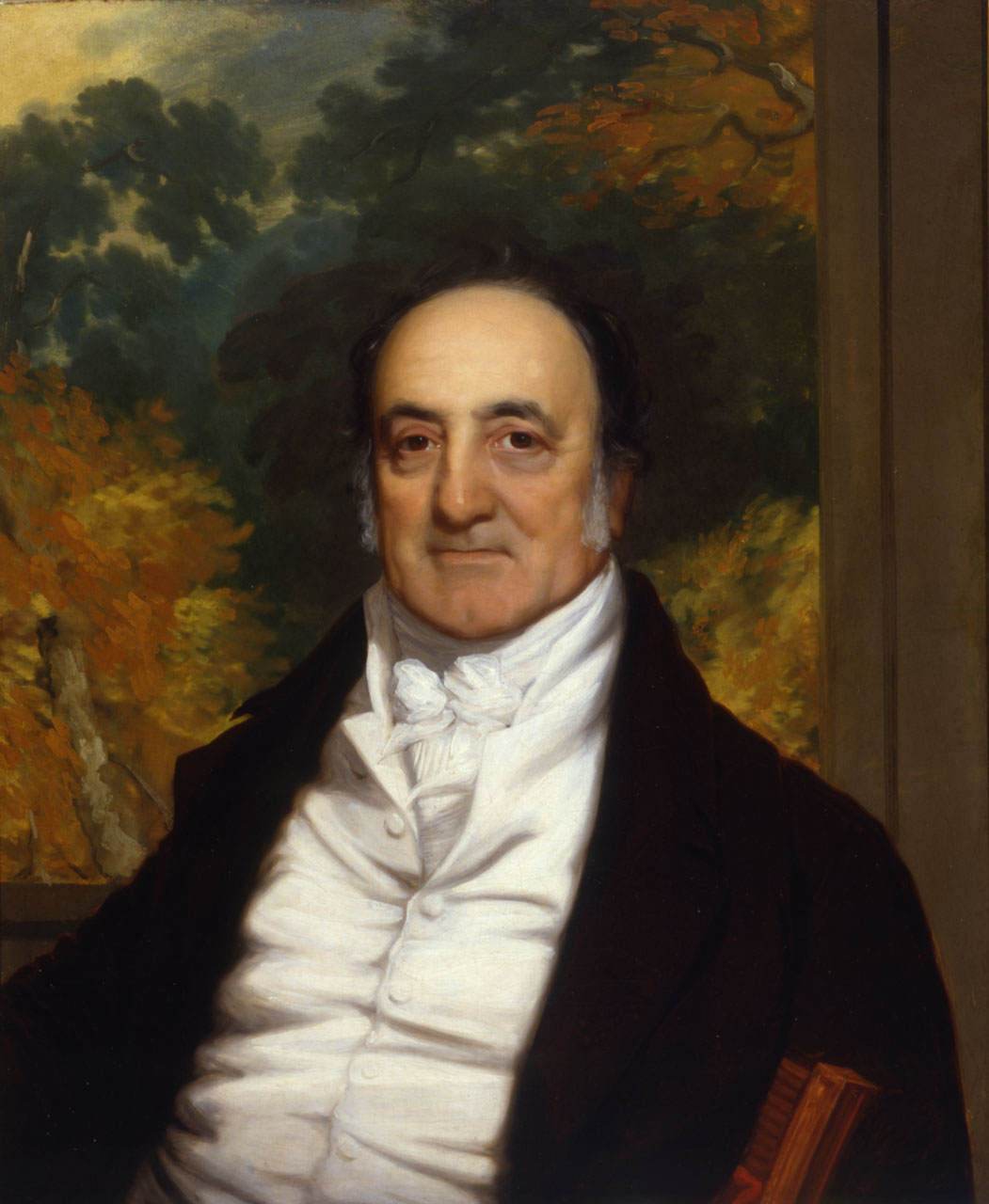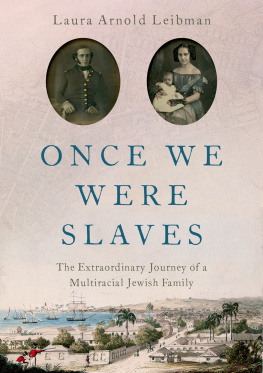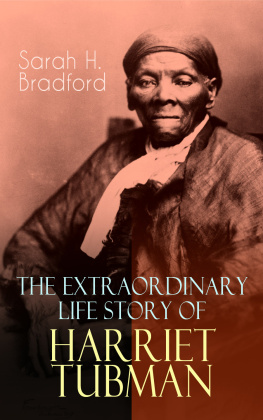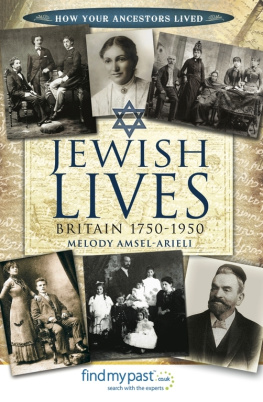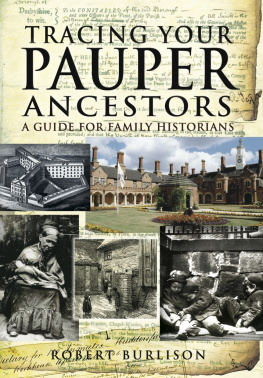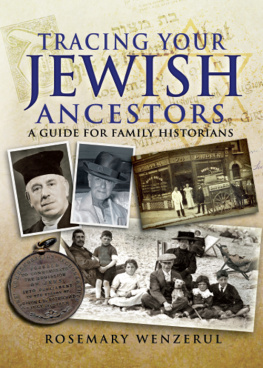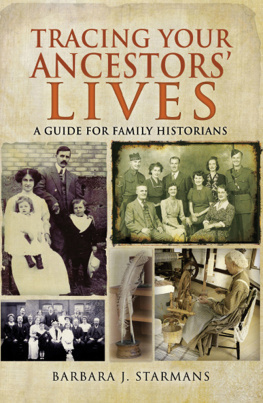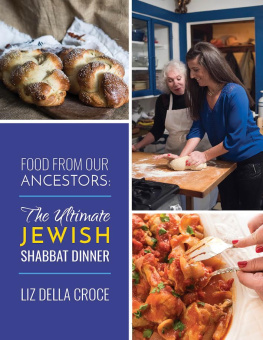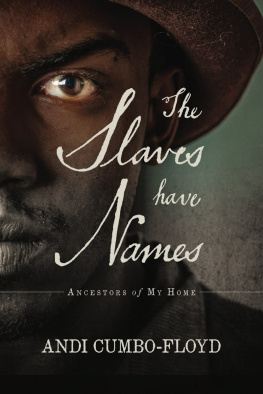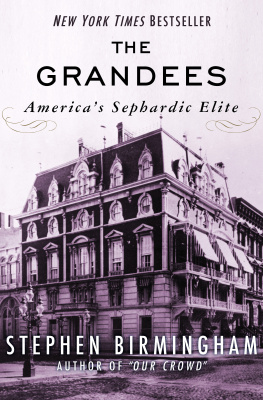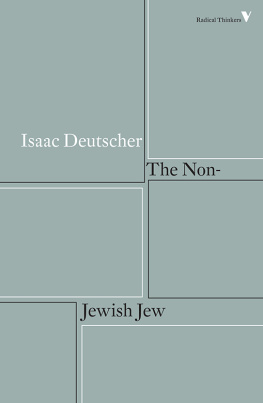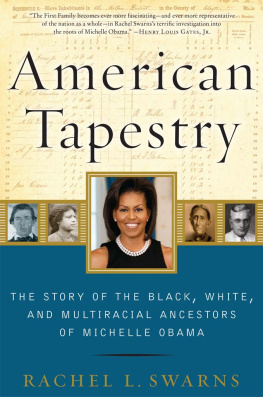Once We Were Slaves


Oxford University Press is a department of the University of Oxford. It furthers the Universitys objective of excellence in research, scholarship, and education by publishing worldwide. Oxford is a registered trade mark of Oxford University Press in the UK and certain other countries.
Published in the United States of America by Oxford University Press
198 Madison Avenue, New York, NY 10016, United States of America.
Oxford University Press 2021
All rights reserved. No part of this publication may be reproduced, stored in a retrieval system, or transmitted, in any form or by any means, without the prior permission in writing of Oxford University Press, or as expressly permitted by law, by license, or under terms agreed with the appropriate reproduction rights organization. Inquiries concerning reproduction outside the scope of the above should be sent to the Rights Department, Oxford University Press, at the address above.
You must not circulate this work in any other form and you must impose this same condition on any acquirer.
Library of Congress Cataloging-in-Publication Data
Names: Leibman, Laura Arnold, author.
Title: Once we were slaves : the extraordinary journey of a multiracial
Jewish family / Laura Arnold Leibman.
Other titles: Extraordinary journey of a multiracial Jewish family
Description: New York, NY : Oxford University Press, 2021. |
Includes bibliographical references and index.
Identifiers: LCCN 2021016423 (print) | LCCN 2021016424 (ebook) |
ISBN 9780197530474 (hardback) | ISBN 9780197530498 (epub) |
ISBN 9780197530627
Subjects: LCSH: JewsNew York (State)New YorkHistory19th century. |
Moses, Sarah Brandon, 17981828. | Brandon, Isaac Lopez, 17931855. |
Brandon family. | Moses family. | JewsBarbadosBridgetownHistory19th century. |
Racially mixed peopleNew York (State)New YorkHistory19th century. |
Racially mixed peopleBarbadosHistory19th century. |
Bridgetown (Barbados)Biography. | New York (N.Y.)Biography.
Classification: LCC F128.9.J5 L45 2021 (print) | LCC F128.9.J5 (ebook) |
DDC 974.7/100405924096972981dc23
LC record available at https://lccn.loc.gov/2021016423
LC ebook record available at https://lccn.loc.gov/2021016424
DOI: 10.1093/oso/9780197530474.001.0001
Once we were slaves to Pharaoh in Egypt, and now we are free.
Avadim Hayinu, Passover Hagaddah
Contents


Blanche Mosess letter came three weeks after Pearl Harbor, and despite her obsession with the objects of her ancestors, Moses was not immune to the impending war. Her building was in the process of being fitted for possible alert. Her upper-story apartment with its exposed walls was conventionally more desirable, but now was being considered quite unsafe in event of airstrikes. Hence, she and her collection were moving down to a lower floor.
Rabbi Meyer was apparently able to help Moses, because today the daguerreotypes are safe as part of the collection of the Moses and Seixas Family Papers at the American Jewish Historical Society. The daguerreotypes include stiff portraits of Mosess uncles in Civil War uniforms and her beautiful young mother Selina Seixas in lacy fingerless gloves (all the rage in 1854), her braided hair wound in heavy loops on the sides of her head like a Victorian Princess Leia. Today the daguerreotypes are reunited with other family portraits, including photos from Mosess own childhood, such as several of her beloved sister Edith in blond ringlets and Blanche herself, characteristically pouting with her dolls. They are portraits of a lost era, a time when the Moses family prospered in the young nation. When Blanche Moses died in 1949, the war was over. The photos, along with her familys other memorabilia, became part of the collection of the oldest ethnic historical society in the United States.
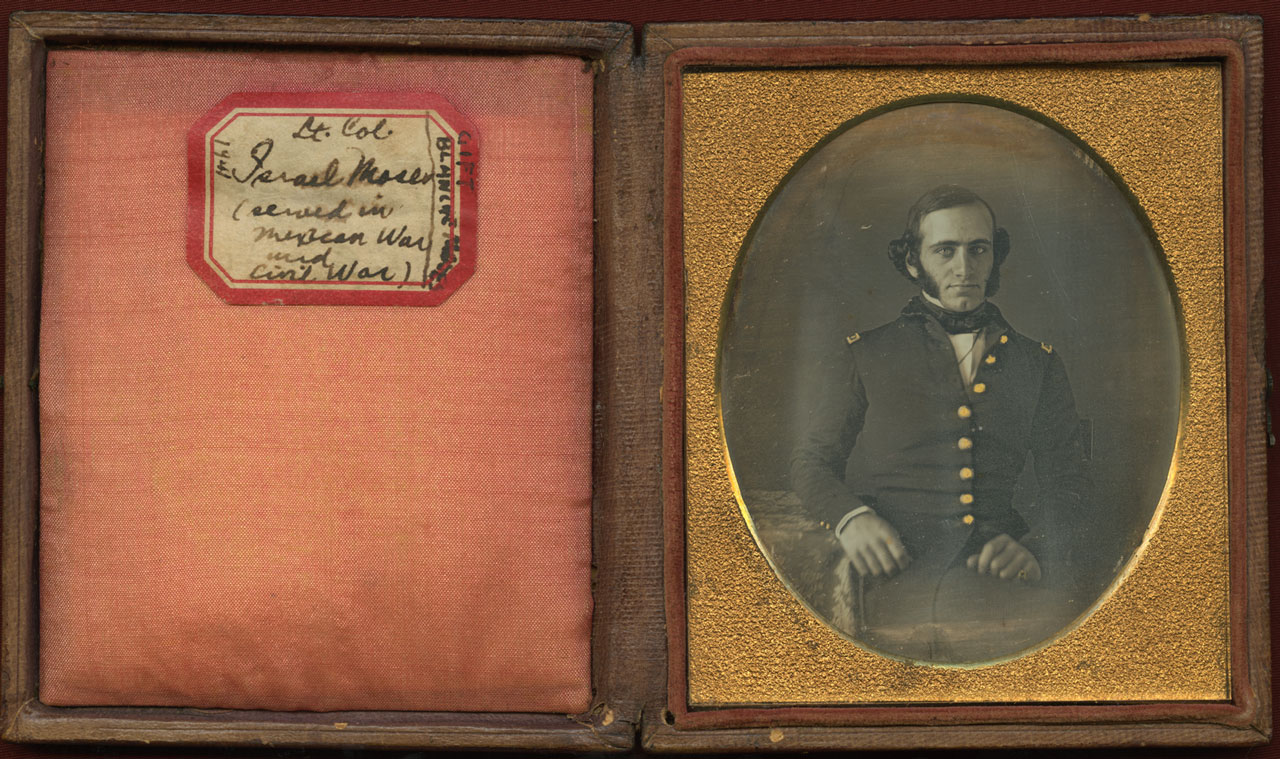
Blanche Mosess uncle, Lieutenant-Colonel Israel Moses. Daguerreotype. AJHS.
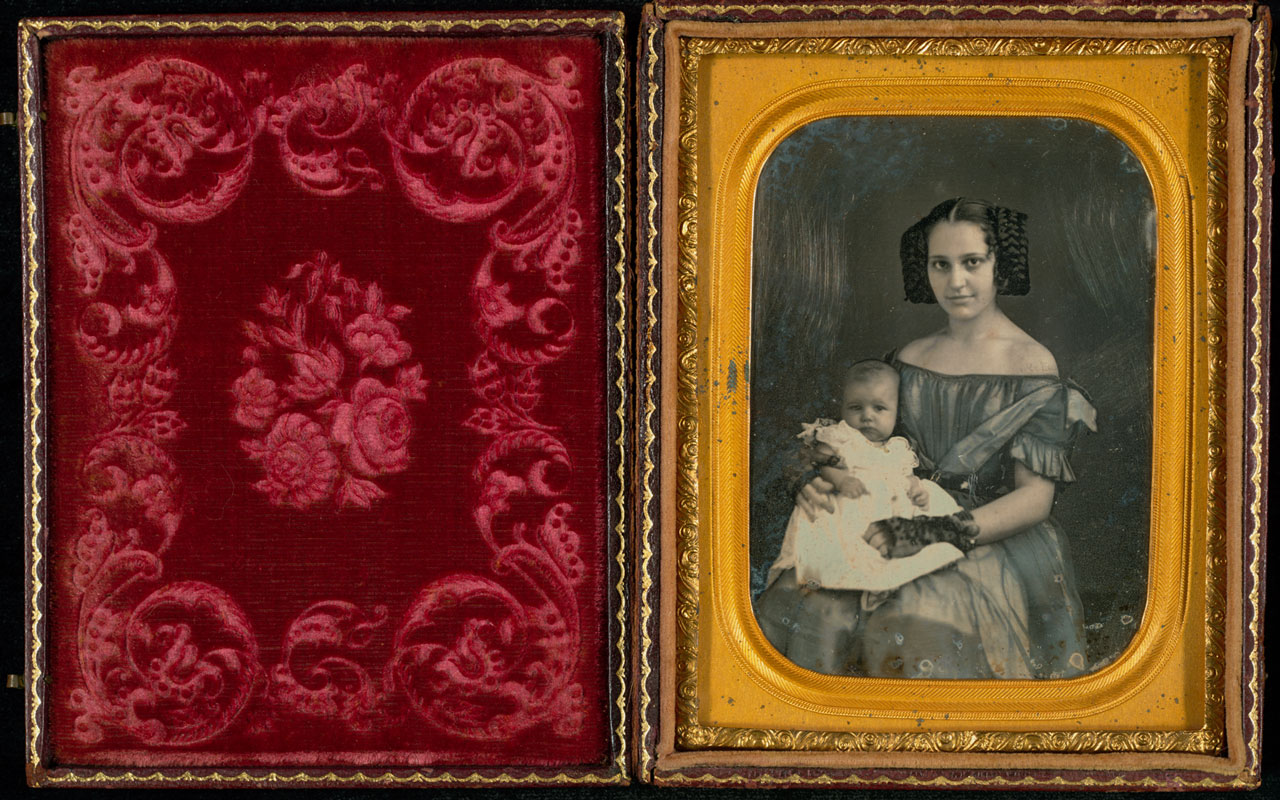
Blanche Mosess mother Selina Seixas [Moses] (1854). Daguerreotype. AJHS.
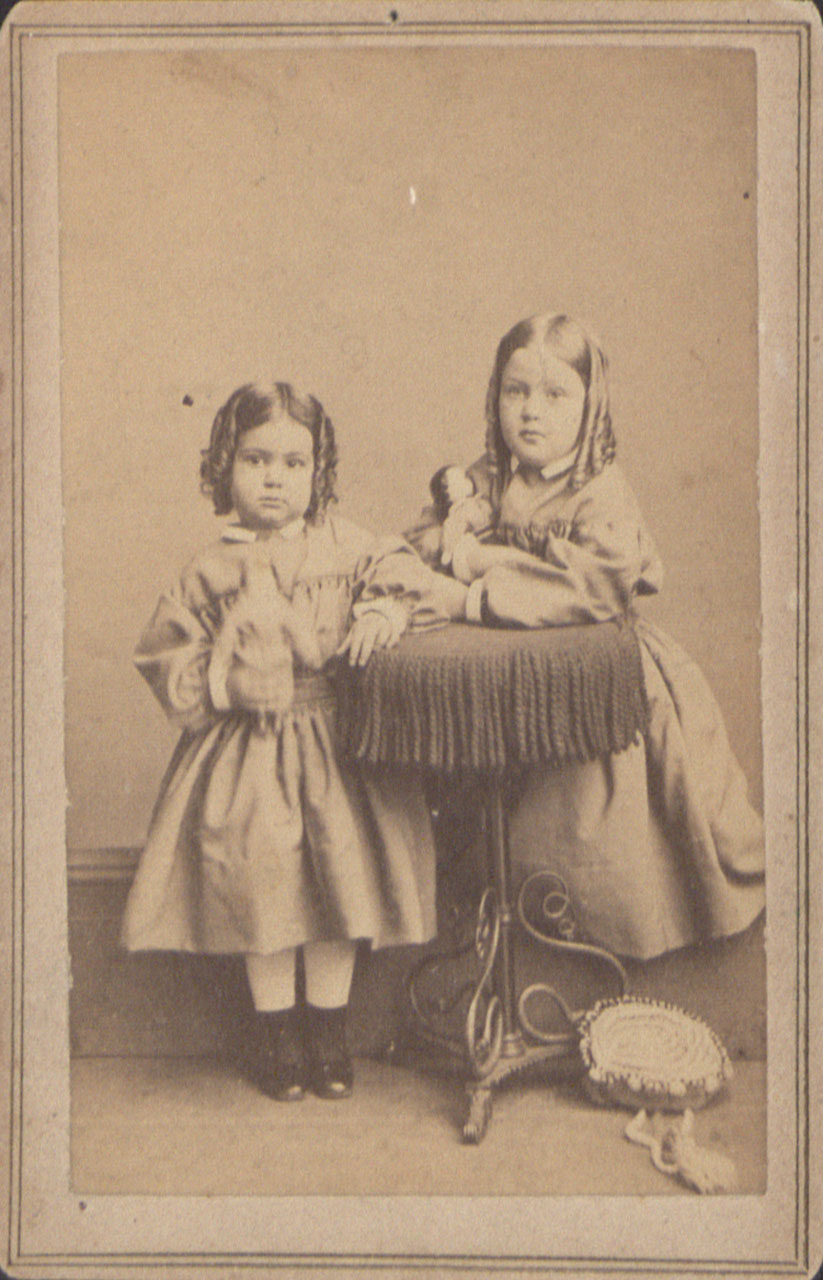
Charles D. Fredricks & Co., Blanche and Edith Moses (1862). Photograph. AJHS.
Moses would be pleased with the collections treatment. The descendant of some of the earliest Jewish families to settle in the country, she wanted to leave her priceless collection to a Jewish archive, but her letters suggest she equally wanted to ensure that the objects would receive the love she herself afforded them. The American Jewish Historical Society of the twenty-first century bears little resemblance to the library that temporarily misplaced her collection of daguerreotypes. Once run by volunteers, today AJHS is a flagship for preservation standards. The Moses and Seixas collections are cherished and well maintained.
In an elegant, climate-controlled building on West 16th Street, the Moses collection nestles among the donations of other families who have been eager
Yet even Moses would be surprised by recent interest in two of the artifacts she donated. Amid the memorabilia of eminent men are two ivory miniatures, painted in watercolor, depicting relatives Blanche Moses never met and knew almost nothing about: her great-uncle Isaac Lopez Brandon (17931855), and her grandmother Sarah Brandon Moses (17981829), a woman who died thirty years before Blanche was born, and a mere ten days after Blanches fathers third birthday.
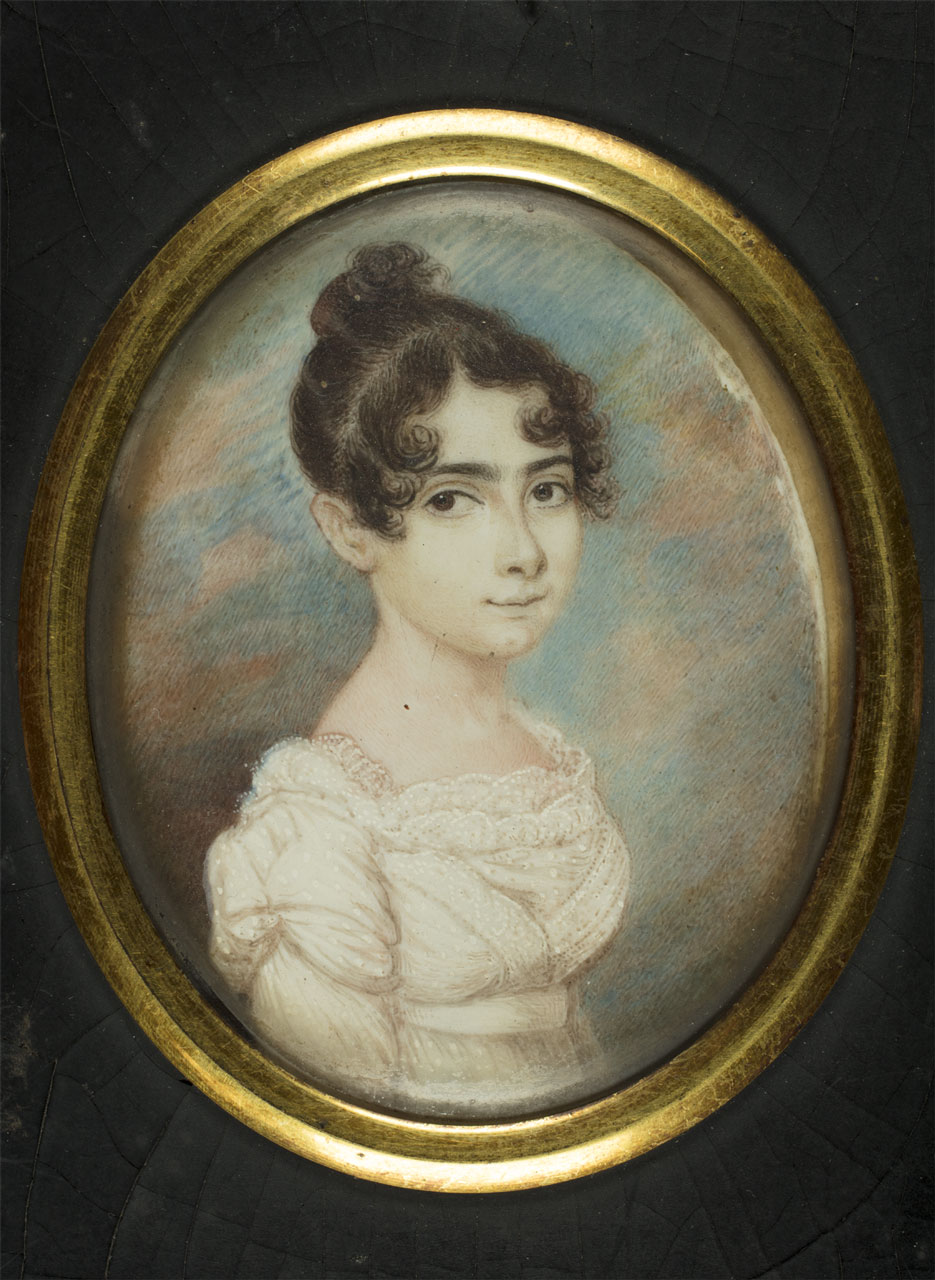
Blanche Mosess grandmother. Anonymous, Portrait of Sarah Brandon Moses (ca. 181516). Watercolor on ivory, 2 3/4 x 2 1/4 in. AJHS.
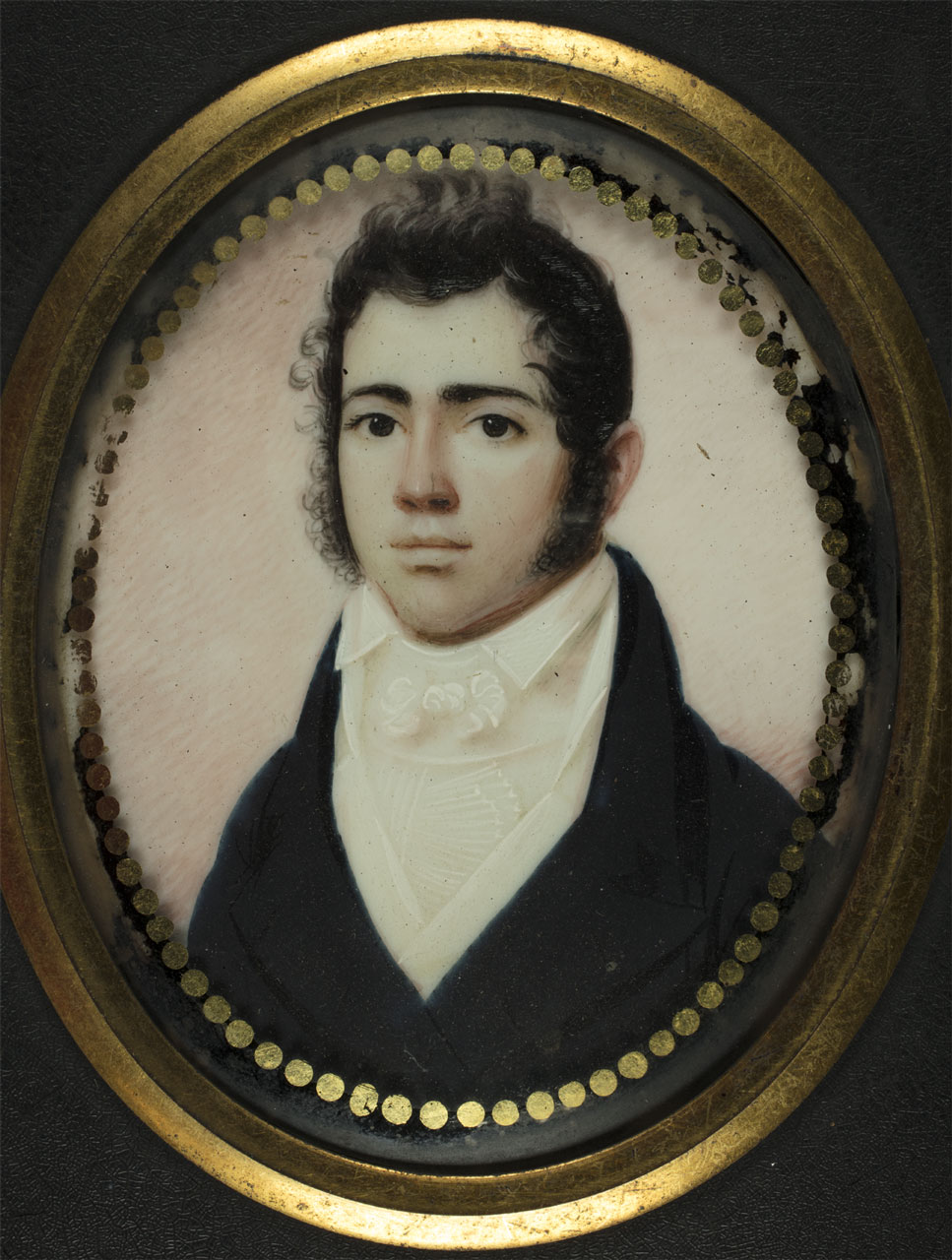
Blanche Mosess great-uncle. Anonymous, Portrait of Isaac Lopez Brandon (early nineteenth century). Watercolor on ivory, 3 1/8 x 2 1/2 in. AJHS.
Moses certainly knew scraps about Sarah and Isaacs past. Their father was a given: all available records pointed to Abraham Rodrigues Brandon of Barbados, the islands wealthiest Jew. Yet despite being a meticulous family historian who regularly corrected articles appearing
